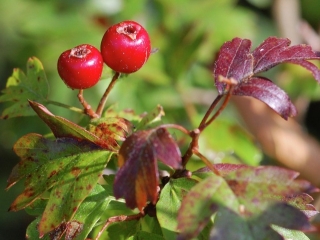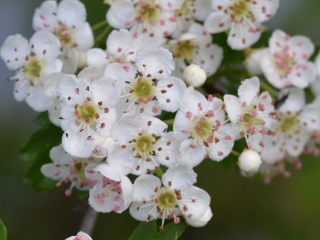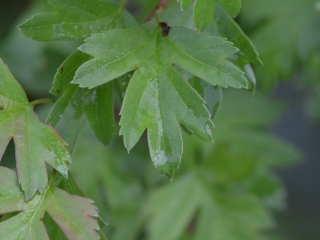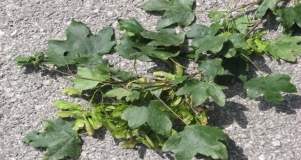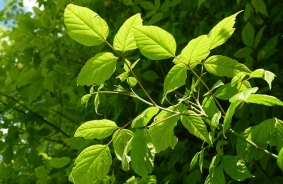Common hawthorn Crataegus monogyna
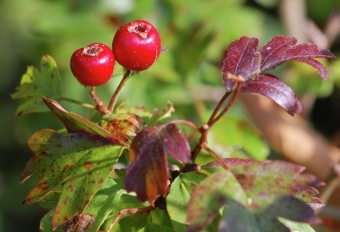
Features
Crataegus monogyna, known as common hawthorn, oneseed hawthorn, or single-seeded hawthorn, is a species of hawthorn. It has been introduced in many other parts of the world. It can be an invasive weed.
| Species | Scrubs (Nanofanerophytes) |
| Living space | Bush crowns, Treeline |
| Size | up to 14 m |
Description
The common hawthorn is a shrub or small tree 5–14 metres tall, with a dense crown. The bark is dull brown with vertical orange cracks. The younger stems bear sharp thorns, approximately 12.5 mm long. The leaves are 20 to 40 mm long, obovate and deeply lobed, sometimes almost to the midrib, with the lobes spreading at a wide angle. The upper surface is dark green above and paler underneath. The hermaphrodite flowers are produced in late spring (May to early June in its native area) in corymbs of 5–25 together; each flower is about 10 mm diameter, and has five white petals, numerous red stamens, and a single style; they are moderately fragrant. The flowers are pollinated by midges, bees and other insects and later in the year bear numerous haws. The haw is a small, oval dark red fruit about 10 mm long, berry-like, but structurally a pome containing a single seed. Haws are important for wildlife in winter, particularly thrushes and waxwings; these birds eat the haws and disperse the seeds in their droppings.Common hawthorn
on the habitat Temenica
It blooms in May and until the first half of June.
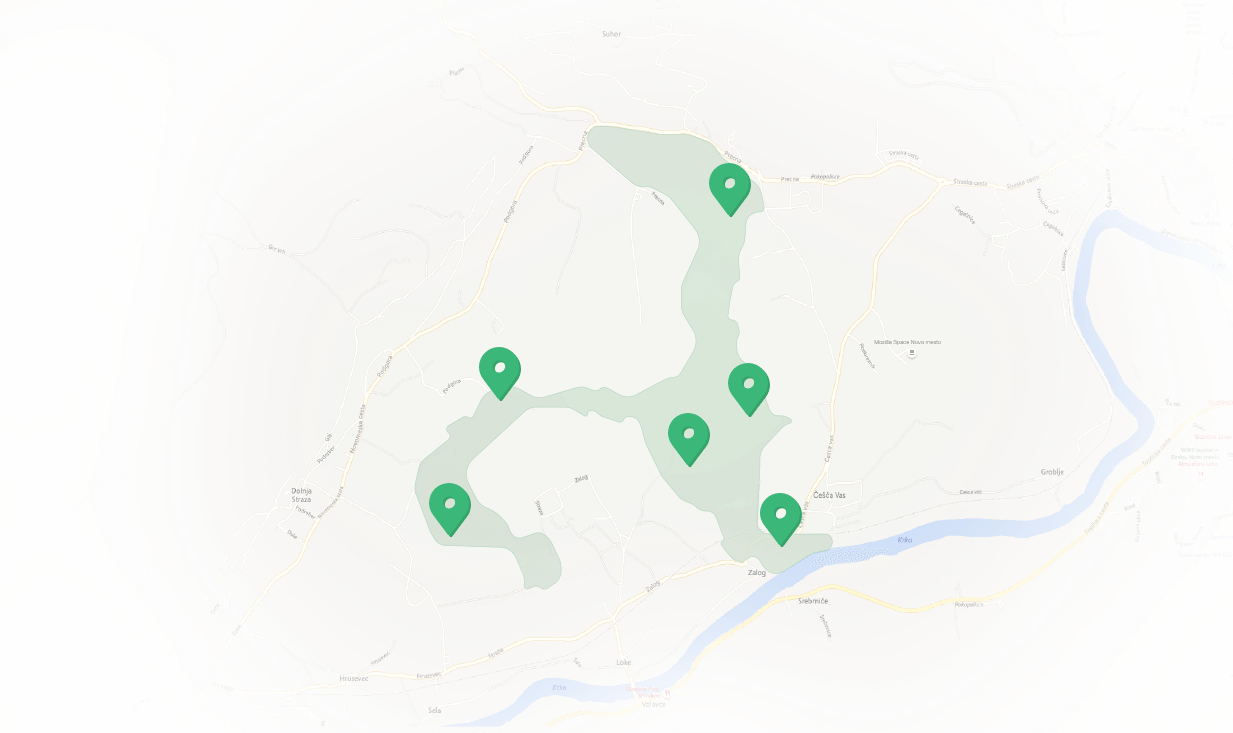
Features Temenica (3)
SPECIAL ogr.


